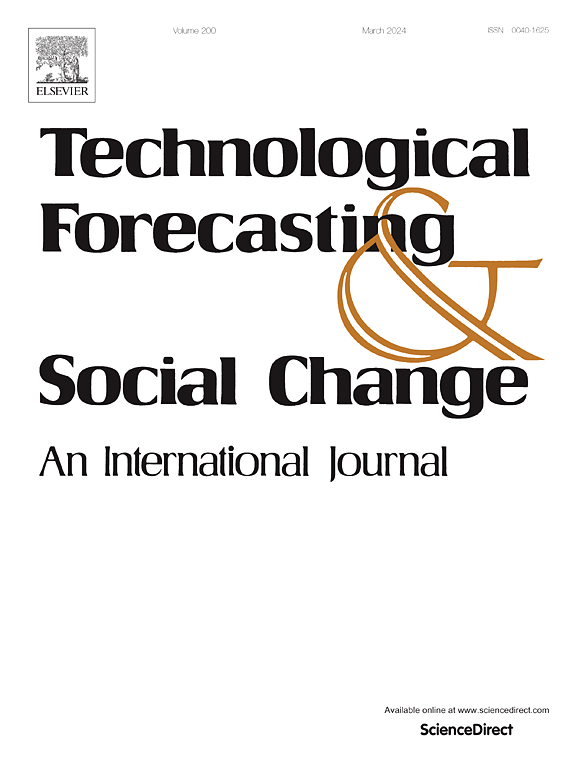Hesitation at increasing integration: The feasibility of Norway expanding cross-border renewable electricity interconnection to support European decarbonisation
IF 12.9
1区 管理学
Q1 BUSINESS
Technological Forecasting and Social Change
Pub Date : 2025-02-18
DOI:10.1016/j.techfore.2024.123917
引用次数: 0
Abstract
Norway is rich in renewable energy resources and exports a significant amount of electricity cross-border. By expanding its exports, Norway could play a crucial role in balancing the growing share of renewables in Europe's energy systems. This article therefore examines the feasibility of Norway expanding its electricity interconnection to support European decarbonisation efforts over the coming decades. To support the analysis, a techno-economic-political feasibility (TEPF) framework for assessing the feasibility of specified transition scenarios is proposed. The Norwegian context is explored through key developments such as the rejection of the 1400 MW NorthConnect cable in 2020 and the effects of Europe's energy crisis (2021−2023), alongside Russia's invasion of Ukraine (2022-), on the electricity market. While technological and economic factors are significant, such as grid reinforcement and investments in new generation capacities, political concerns pose the greatest limitations to increasing interconnection. These challenges revolve around debates over the ownership of key energy infrastructure, concerns over sovereignty and the influence of the European Union, uncertainty surrounding future energy demand, risks to energy security, the impact of market coupling on electricity prices, and the uneven distribution of revenues. Collectively, these concerns underpin Norway's hesitation to increase integration with other states, representing key barriers.
求助全文
约1分钟内获得全文
求助全文
来源期刊
CiteScore
21.30
自引率
10.80%
发文量
813
期刊介绍:
Technological Forecasting and Social Change is a prominent platform for individuals engaged in the methodology and application of technological forecasting and future studies as planning tools, exploring the interconnectedness of social, environmental, and technological factors.
In addition to serving as a key forum for these discussions, we offer numerous benefits for authors, including complimentary PDFs, a generous copyright policy, exclusive discounts on Elsevier publications, and more.

 求助内容:
求助内容: 应助结果提醒方式:
应助结果提醒方式:


